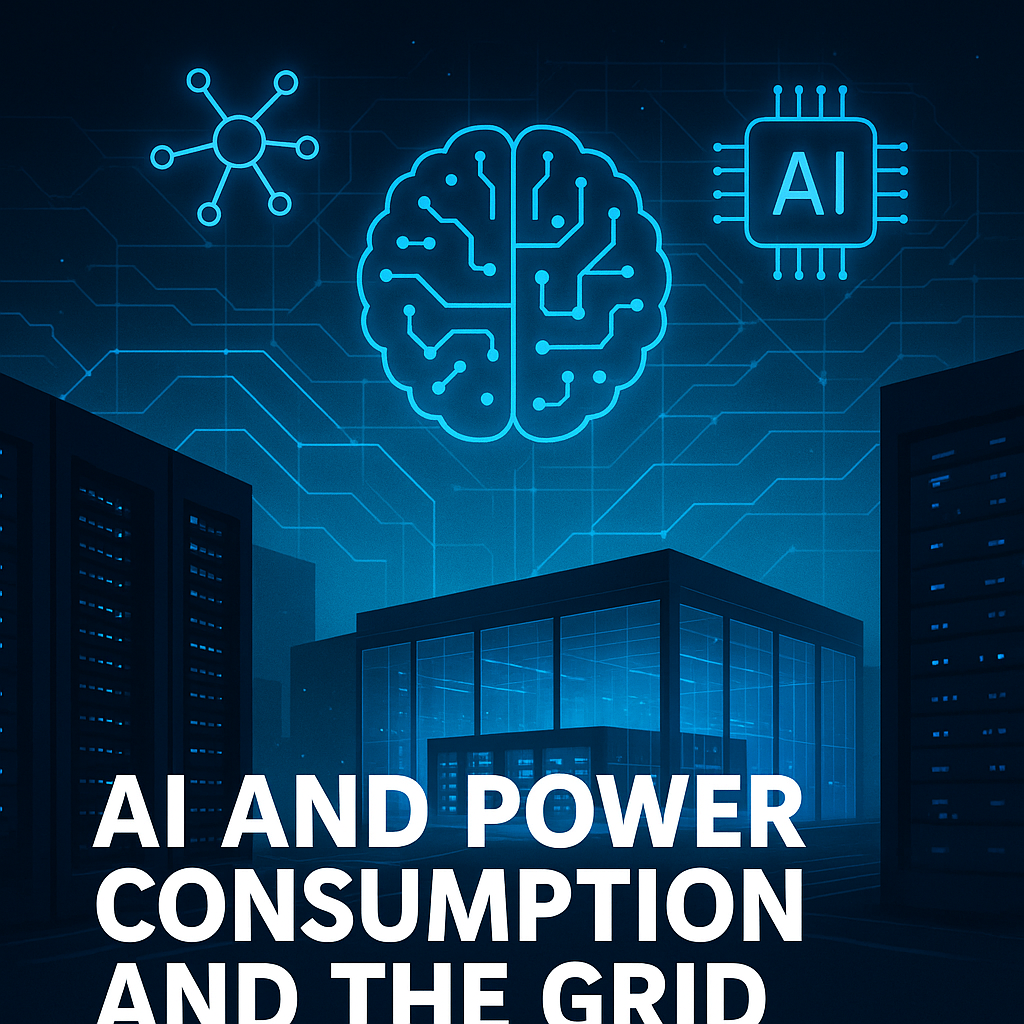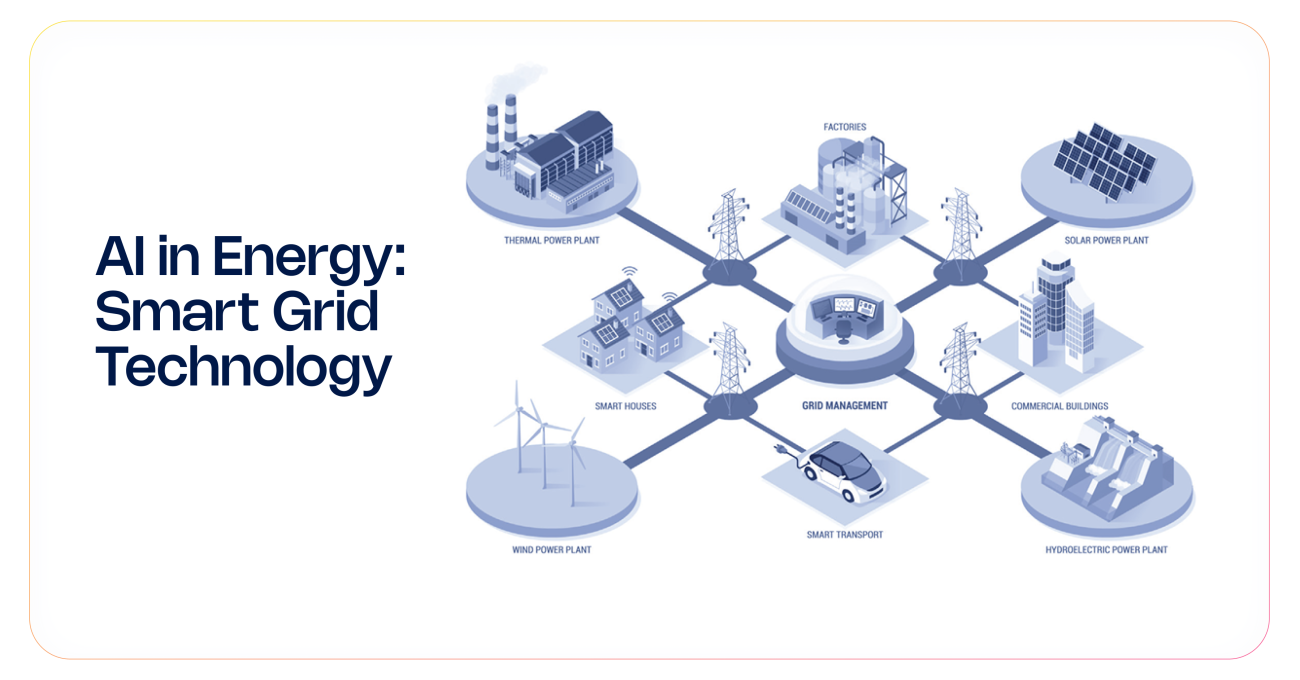⚡ The Growing Strain: AI’s Impact on the Power Grid
As artificial intelligence rapidly transforms how we live and work, a new challenge is emerging—its rising energy demand and the pressure it puts on our already strained electrical grids.
From training massive language models to powering AI-driven services in real time, the energy footprint of AI is becoming impossible to ignore. Here’s what you need to know about the intersection of AI and the power grid.
🔌 The Power-Hungry Nature of AI
AI, especially large-scale systems like ChatGPT or autonomous driving software, requires intense computing power. Training a large AI model can consume hundreds of megawatt-hours—equivalent to what hundreds of homes might use in a year.
And that’s just the beginning. Every time you interact with AI—whether it’s voice recognition on your phone, real-time language translation, or automated customer service—a slice of energy is consumed in a data center somewhere. With usage multiplying, these small demands add up fast.
🏭 Data Centers Are Becoming Grid Giants
Data centers are the backbone of AI, and their energy demand is skyrocketing. Today, data centers account for 1–2% of global electricity use—a number expected to triple by 2030, largely due to AI growth.
In places like:
- Northern Virginia (“Data Center Alley”) – utilities are overwhelmed, and new construction has been paused.
- Texas – energy demand is surging due to a mix of population growth, crypto mining, and AI infrastructure.
- Georgia and Ohio – both states are experiencing grid stress from rapid data center expansion.
🌐 Regional Grids Under Pressure
The influx of high-capacity data centers is stressing local grids, especially in regions without adequate planning or transmission capacity. This can lead to:
- Delays in connecting new developments.
- Grid reliability concerns during peak demand.
- Possible increases in fossil fuel backup generation to fill gaps.
♻️ The Renewable Energy Paradox
Many tech companies make major investments in renewable energy, and while that’s a good thing, it doesn’t always align with grid realities. AI systems often run 24/7, but solar and wind aren’t always available. That mismatch means data centers might still rely on gas or coal at times of peak load.
There’s growing urgency for:
- Energy storage solutions.
- Grid modernization (smart grids, demand response).
- Time-matched clean energy purchasing to ensure green energy is used when it’s needed.
🔍 Are There Solutions?
Yes—but they require bold action:
- Smarter chips (like NVIDIA H100s) that offer more performance per watt.
- Optimized algorithms that reduce computation time and cost.
- AI-powered grid management to better forecast demand and optimize power flows.
- Regulatory oversight to ensure energy use transparency and sustainable development.
⚖️ Final Thoughts
AI could either strain our grids or transform them for the better. The path we take depends on how quickly we adapt—through technology, infrastructure upgrades, and smart policy.
We stand at the intersection of innovation and infrastructure. If we don’t plan for AI’s energy appetite, we may pay for its power with more than just electricity bills.


